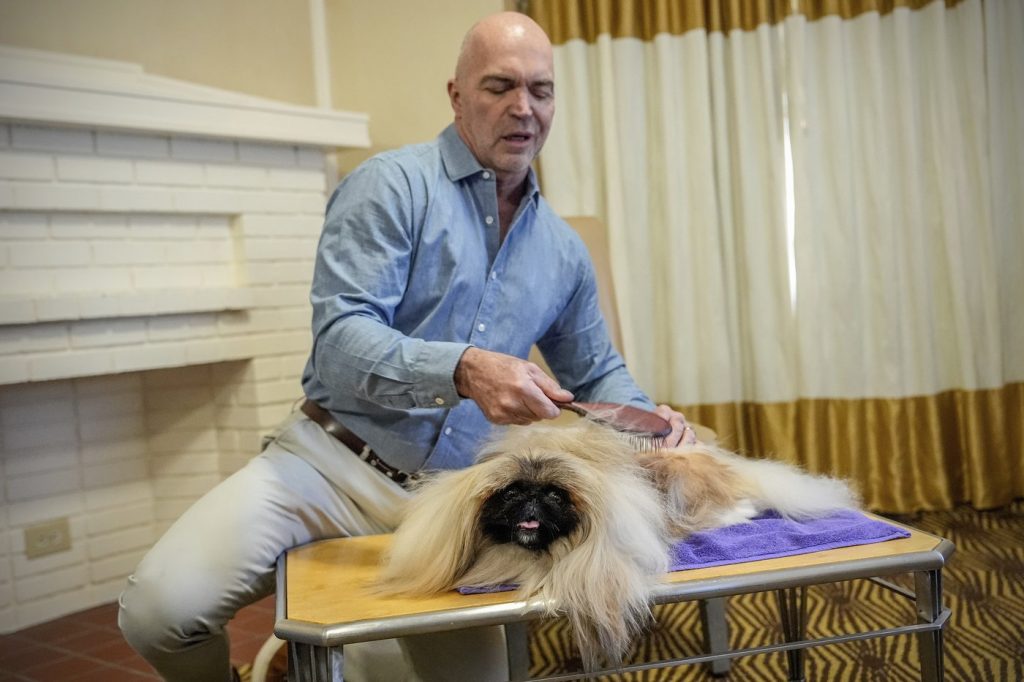The Westminster Kennel Club competition is renowned as America’s oldest dog show, featuring a diverse range of dog breeds including Chihuahuas, Great Danes, bulldogs, and greyhounds. With champions from 201 different breeds competing for the coveted title of Best in Show, selecting a winner is a complex task that requires judges to possess an extensive understanding of breed standards and characteristics.
Donald Sturz, the president of the Westminster Kennel Club and a seasoned dog judge, reflects on the unique experience of judging at the Westminster Dog Show. Sturz, who awarded the top prize in 2022 to a bloodhound named Trumpet, notes that the anticipation of judging in the world’s most famous arena can be overwhelming. “You walk out onto the floor… and the world is watching,” he said, emphasizing the pressure that accompanies the role of a judge at this prestigious event.
The judging process is methodical and hands-on. Judges examine each dog's physical attributes and behavioral traits, assessing how closely they align with the established breed standards. These standards are meticulously outlined to reflect each breed's history and original purpose. For instance, Sturz demonstrated this evaluation process with his pet Pekingese, Fiona. While showcasing how he judges, he highlighted the significance of various physical traits such as the shape of the dog's head, which is crucial for the Pekingese breed. The breed's history dates back to ancient Chinese palace dogs, cherished for their companionable nature and lion-like appearance.
Throughout the examination, Sturz meticulously assessed the physical proportions of Fiona, checking the symmetry and shape of her forelegs, chest, neck, ribs, and overall body structure. The breed standard requires Pekingese to have a compact, low-slung, pear-shaped body. Judges also consider the dog's coat texture and how the tail sits, concluding the evaluation with a hands-on test to confirm that the dog feels “substantial for its size.”
After the hands-on assessment, judges observe each canine’s movement alongside its handler. Pekingese are noted for their particular gait, which Sturz describes as a unique blend of a heavyset rugby player’s stride and the flowing grace of a swimming goldfish. Additionally, a dog’s temperament plays a critical role in the judging process, as exemplified by Fiona’s confident demeanor during the evaluation.
The structure of the competition begins with judges selecting the top dog in each breed. These breed winners then compete within their respective groups, such as hounds or toy dogs. Ultimately, the seven group winners advance to the final stage to compete for the title of Best in Show. The best-in-show judge is distinctly separated from the proceedings to maintain neutrality. Although they are aware of the breed standards for each dog, judges can inquire about which groups are entering the final round, a decision Sturz opted against, wanting a “completely blank slate” for judgment.
Sturz concludes that the determining factor for selecting a Best in Show champion lies in the exceptional qualities exhibited by the dog, stating, “A great dog having a great night.” This highlights the combination of the dog’s innate qualities and its performance on that specific evening, contributing to the final decision amidst impressive contenders.










